Rain Garden Maintenance
Welcome to the rain garden maintenance page. Here you will find a detailed guide on how to maintain your rain garden. Download our Maintenance Guide in English, Spanish, Vietnamese, Traditional Chinese, or Cambodian.
Rain Garden Maintenance Video
In addition to the guides, you can learn more about maintaining your rain garden with our rain garden care video. This video is also available in Spanish and Vietnamese.
Weeding
Weeds can choke young plants and spread quickly. Pull weeds by hand or with a long- handled weed puller. Weed as necessary year-round, especially in late winter, spring, and early fall when the soil is still moist. Pull the entire weed–roots and all—so that it doesn’t immediately grow back. Never use herbicides/pesticides in your rain garden. Also, be sure to clean any sediment, debris, or trash from the inlets and outlets of your rain garden. If you need more help identifying a weed, the King County Noxious Weed page is a great resource.
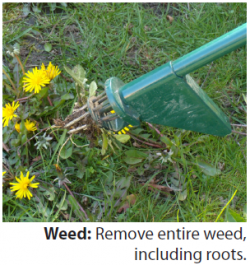
Weeds to Remove

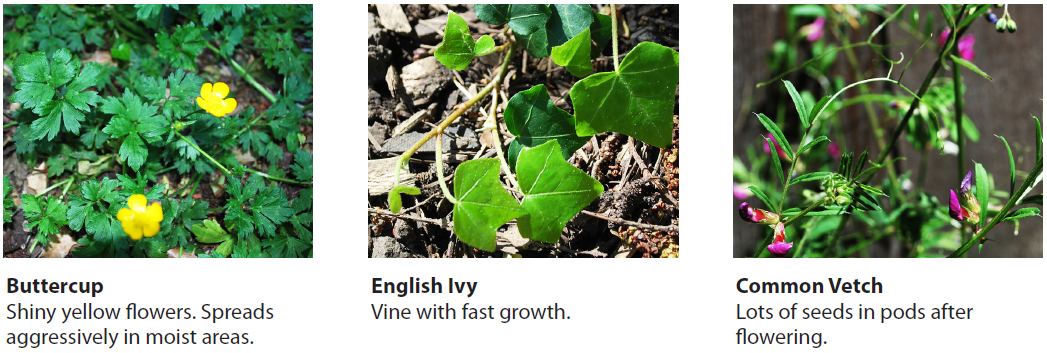
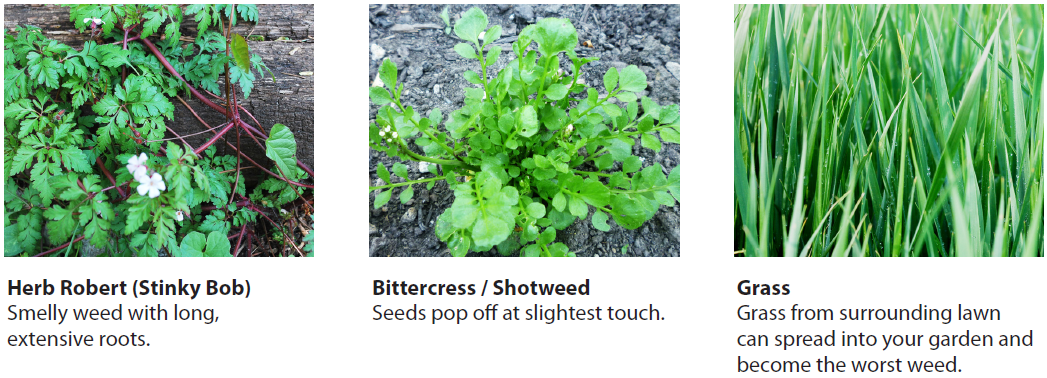
Mulching
Mulch (such as compost, leaves, and wood chips) prevents weeds, conserves water and protects roots. Check and maintain a mulch layer to a depth of 3 inches as necessary. The best mulch in a rain garden is arborist wood chips, available free from tree services. Look for any areas of exposed soil and cover them with mulch when needed. Be careful to avoid piling mulch up against plant stems.
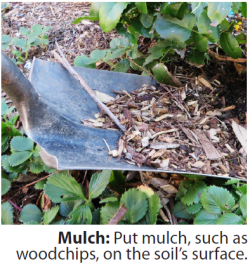
Watering
Young plants need water to grow strong roots. Watering is important during the first two to three summers after your rain garden has been installed. In general, water when the weather is dry and warm, from May through September. Watering before 8am is best to reduce evaporation.
Be sure to water deeply, moistening the top 6-12 inches of soil. After watering, wait an hour, then dig down to see if the water has gone deep enough.
You can use a watering wand, oscillating sprinkler, or save time by laying out a soaker hose next to your plants and covering it with mulch. Learn more about how to water new plants and how to use a soaker hose.


Planting
If you need to remove dead or dying plants, replace them in the fall. This will give the plants time to grow more roots before the dry season. More extensive roots help plants fight off disease, dry summers, and cold winters.
The following are plant suggestions and plans which may be useful if you need to replace a rain garden plant:
- RainWise Planting Guide
- SPU Natural Drainage Systems Plant Palette 2000-2006
- Seattle Green Factor Plant List
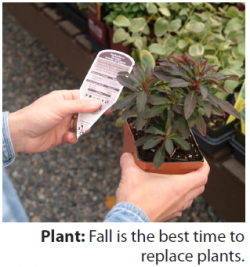
Download our Rain Garden Maintenance guide in English, Spanish, Vietnamese, Traditional Chinese, or Cambodian.
